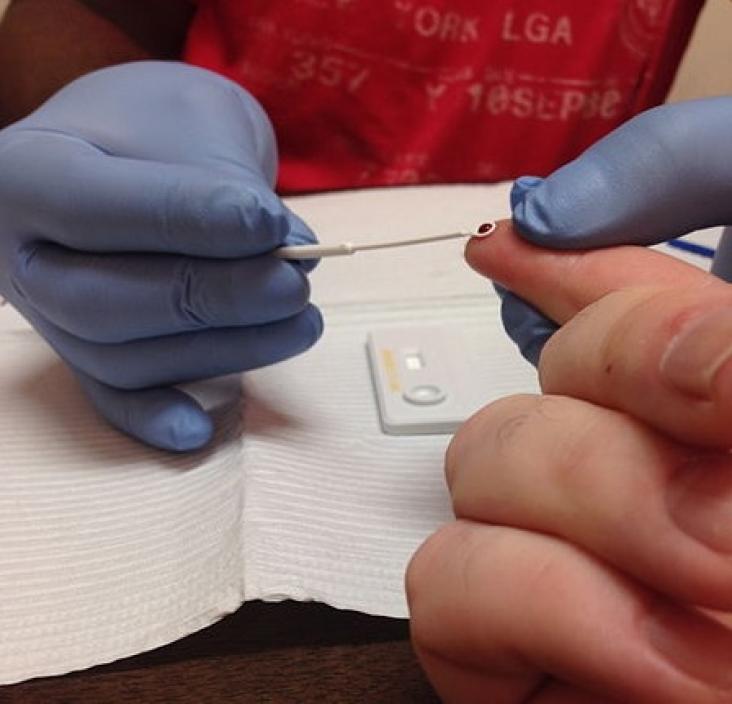Objectives Gender identity disorder is defined as a strong and persistent cross-gender identification that is associated with a remarkable uneasiness of living in an incongruent gender (gender dysphor
Ethnopharmacological relevance In the Peruvian Amazon, the use of medicinal plants is a common practice.
Among the different pharmaceuticals present in soil and water ecosystems as micro-contaminants, considerable attention has been paid to antibiotics, since their increasing use and the consequent devel
A human-centered design thinking approach has been applied to a course at the MIT D-Lab on creating low-cost prosthetic and assistive devices for the developing world.
This content aligns with Goal 3: Good Health as well as Goal 10: Reduced Inequalities by highlighting this unique role that HIV MTCT plays in understanding the immune correlates of protection and provide an overview of key aspects of MTCT including the epidemiology, transmission, and current prevention methods.
This content aligns with Goal 3: Good Health as well as Goal 10: Reduced Inequalities by covering transcription regulation of human immunodeficiency virus type 1 (HIV-1) gene expression, focusing on the invaluable contributions, made by HIV research over the years, toward the field of transcription.
This chapter aligns with the SDG goal 3 of good health and wellbeing by showing the role of AGEs and RAGE in liver fibrosis and inflammation.
The WHO global health sector strategy on viral hepatitis, created in May, 2016, aims to achieve a 90% reduction in new cases of chronic hepatitis B and C and a 65% reduction in mortality due to hepati
In 2016, WHO adopted a strategy for the elimination of viral hepatitis by 2030.

Background Multistage, stepwise HIV testing and treatment procedures can result in lost opportunities to provide timely antiretroviral therapy (ART).
